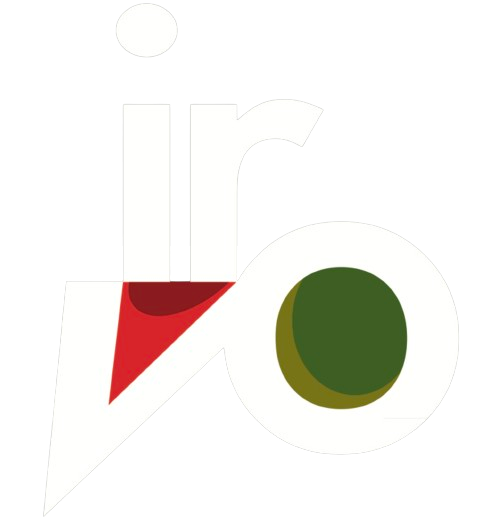2 March 2022
Ministerial Circular for PGI Wines: clarifications and transitional provisions on maximum cuts of 15% with products outside the area
MIPAAF CIRCULAR 90032 OF 24 FEBRUARY 2022
EXTENSION TO 14 JULY 2022 OF THE POSSIBILITY OF CUTTING PGI WINES, WITHIN THE MAXIMUM LIMITS OF 15%, WITH MUSTS OR WINES VINICATED OUTSIDE THE AREA
We inform you that with Mipaaf note prot. 90032 of 02/24/2022, the application of the amendment to the art. has been deferred to 15 July 2022. 93, par. 4 of EU Reg. 1308/2013, amendment introduced by EU Reg. 2021/2117 of 02/12/2021. This deferral was granted under pressure from the production chain which asked for a longer timeframe to adapt to the new legislation.
This modification in fact changes the production rules of PGI wines, for which up to now it has been permitted (except in the case of more restrictive production regulations) to be able to make blends with musts and wines vinified outside the production area within the maximum limit of 15%, according to the rules and limitations set out in ministerial circular no. 16991 of 25 July 2012 and subsequent supplementary notes.
The aforementioned change will in fact mean that, from 15 July 2022, it will no longer be possible to purchase wines and musts vinified outside the area to blend them, in the production area and within the limit of 15%, with PGI wines, because even the vinification of these wines, obtained from grapes produced outside the area, must take place in the production area of the PGI (minimum 85%) to which these wines are to be assembled. In practice, if a company wishes to make use of this option, it will no longer be able to buy wines vinified outside the production area but will have to purchase grapes produced outside the area and vinify them and then assemble them in the production area of the PGI of interest.
Ultime notizie
News 15 April 2024
List of technological solutions adopted by SAs for the automation of their activities
At present, IRVO has not envisaged automation of activities; the P purchasing portal is used to manage the life cycle of contracts.

